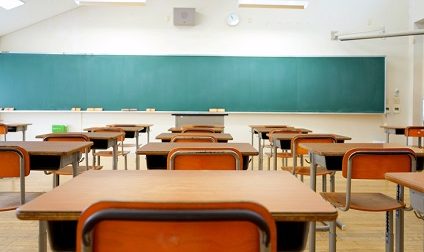
CREDIT: This story was first seen in Tes
The NFER research was sparked by government proposals published last year, Tes reports.
England’s school system is capable of bringing about improvements without having to turn to universities, grammar or private schools, new research has concluded.
A report by the National Foundation for Educational Research (NFER), published today, examines the capacity for high-performing schools to collaborate with nearby schools in need.
The research was prompted by last year’s government consultation on using selective schools, independent schools and universities to increase the number of good school places in England.
The researchers found that the number of high-performing schools “significantly exceeds” the number of underperforming schools, and that schools in need have high-performing schools nearby that could potentially help them.
Co-author Karen Wespieser told Tes that collaborative approaches to school improvement work best when the partners share similarities, and the report shows the extra resource the government proposed in the consultation “is not necessary”.
She added: “I would like [the Department for Education] to focus on what’s working within a self-improving system and give it the time and space it really needs to really flourish.
“I think the other institutions can have an important role in that, but if we are to prioritise one, I would work with what we have got at the moment.”
The research says there are 5,677 high-performing schools and 2,511 underperforming schools.
Geoff Barton, general secretary of the Association of School and College Leaders, described it as a “quite an optimistic document”.
He told Tes: “It shows the capacity of schools to be able to help other schools. In fact, it shows that in quite a powerful way – it shows there are plenty more schools that can do that.”
However, he said there was a question of how to make that collaboration a reality in a system that is “increasingly atomised”.
The report says that capacity for collaboration depended on the school’s phase and region, with primaries having more high-performing schools nearby owing to their greater number, and London having the greatest capacity.
For primaries, Yorkshire and the Humber, and the east and west Midlands, have the least capacity for collaboration, while for secondary schools the same was true for the North East, South West, and Yorkshire and the Humber.
The report concludes: “For the small number of schools in need which do not have a high performing school within our set geographical parameters, it is important to note that it is not the case that there is no support available, rather that it might be slightly further away.”
The researchers used a mix of criteria including Ofsted grades, government accountability measures and teaching school or national support school status to define schools as high-performing or underperforming.
Don’t forget to follow us on Twitter, like us on Facebook, or connect with us on LinkedIn!

Be the first to comment